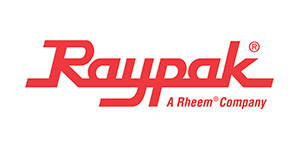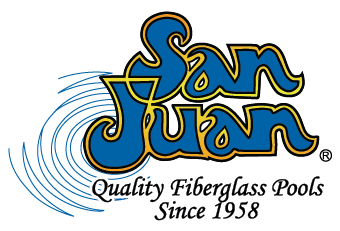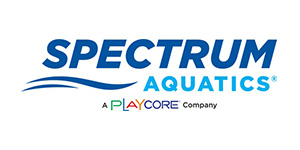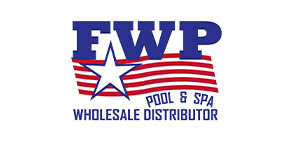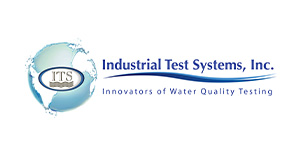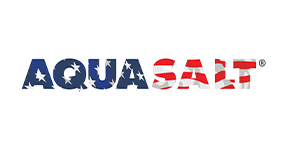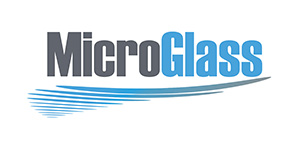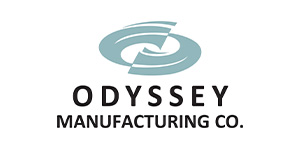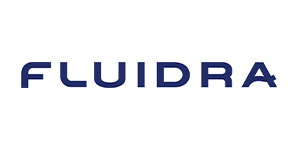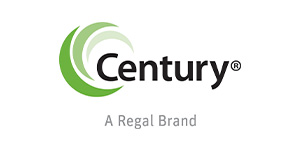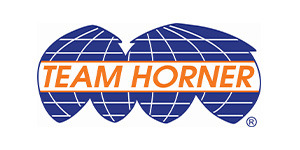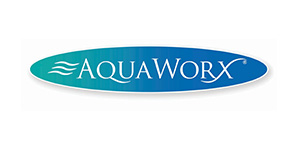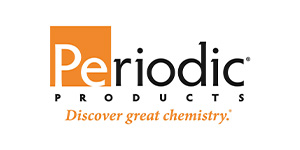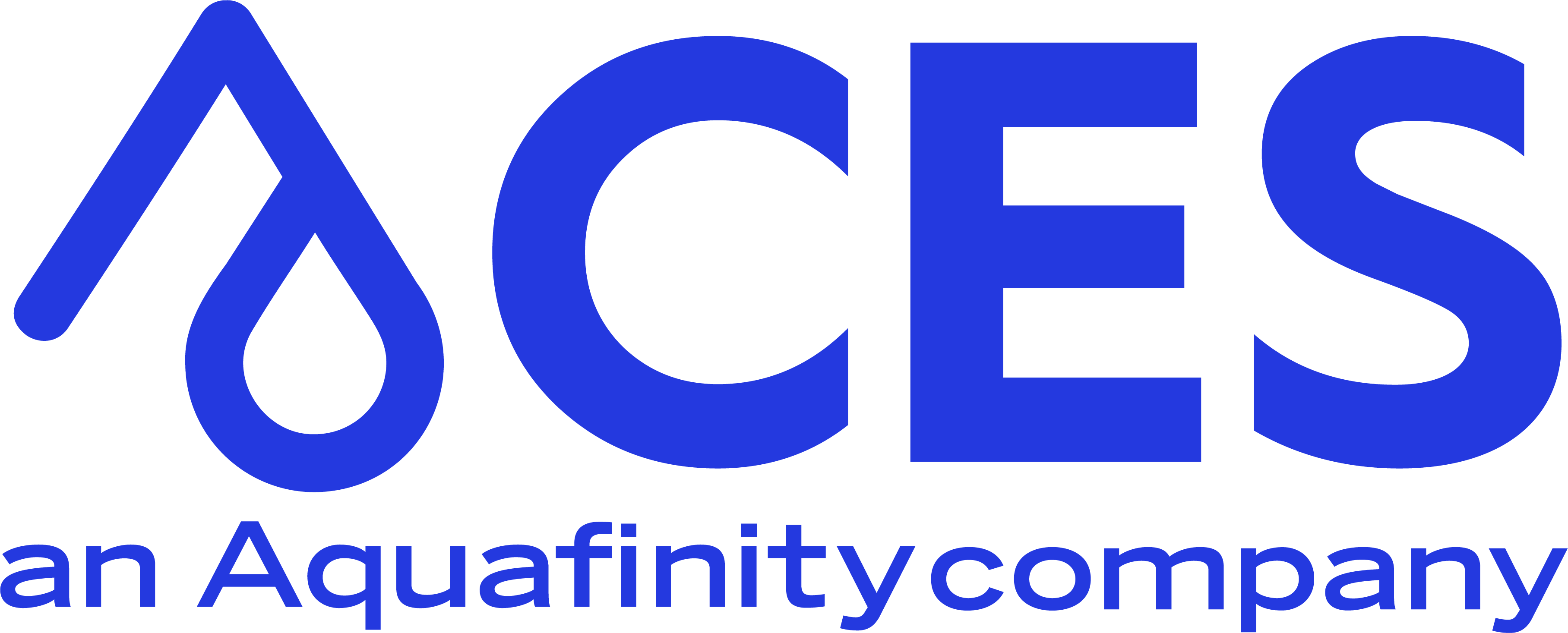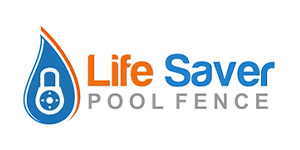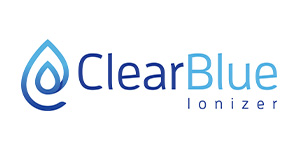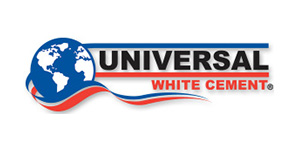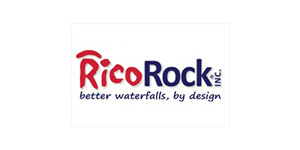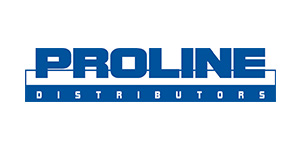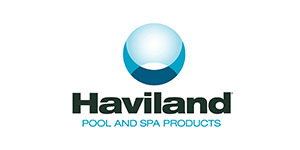Chemistry control systems have been in daily use on thousands of Florida pools since the late 1970’s. They have been installed on pools of all sizes from the largest 9 million gallon water park to the smallest 500-gallon condo spa.
While control of pH was pretty straightforward, easy to explain, and quite reliable, the control of the oxidant (normally chlorine) was quite the opposite. Over the years there have been many thousands of very successful installations that performed reliably for years, but there have also been a significant number that failed miserably.
What went wrong?
While there is such a thing as a bad controller, a major part of the problem has been a lack of understanding of Oxidation-Reduction Potential (ORP).
Some operators could just not understand that as pH went up, the ORP would drop. Even if the pH rise was from the addition of bleach. Add bleach to a spa and the ORP drops.
Others couldn’t understand that at stabilizer levels above 70 PPM any increase in the chlorine would not result in an incremental increase in ORP. So adding more chlorine to an over-stabilized pool did not increase ORP or improve water quality.
Why not PPM sensing?
While PPM sensing, or reading the actual amount of chlorine PPM in the pool instead of the “kill power” of that chlorine, was developed years ago, it never gained traction. Why? Quite frankly, the technology was relatively expensive and required annual changes of membranes and gels. Also the readings were very flow and pressure sensitive, and sometimes not very accurate.
Why is PPM better now?
Direct reading PPM sensing deserves another look. Why? The sensors have totally changed in design. They cost much less, don’t require annual changes of tips or gel, and they provide more accurate readings at a wider range of flows and pressures. Why, you can even take the sample water back to the suction side of a pump to simplify controller installation. Finally, the actual controllers that work with PPM sensors have come way down in price and complexity from the models available 10 years ago.
Why PPM sensing works better for some applications:
First, controlling by actual PPM can sometimes beach much easier for owners, operators, and support pool companies to understand and operate. Next, knowing both the ORP and the PPM at the same time can give you an instant indication of the “health” of the pool water (low ORP with high PPM is indicative of sick water; high ORP with low PPM is indicative of healthy water.)
Finally, some pool applications have mechanical issues that don’t allow ORP to work very well. While these are actually very few in number, they do include some salt systems (many ORP probes struggle with saline processes), pool systems with terrible earth grounds (older pools or those that don’t have proper equipotential bonding circuits), or those systems with operators who can’t grasp the ORP concept and are too stubborn to learn something new.
In any event, PPM sensing done right works great and can provide years of accurate PPM readings. Check into it and you might be pleasantly surprised. But then again, you could also learn a lot more about ORP and make 95% of all treatment applications work great.
Either way, affordable and accurate PPM sensing and control is here to stay.

